In the U.S. (and more and more parts of the world, unfortunately), we don’t have a weight gain problem. We have a weight REGAIN problem.
There are a million and one ways to lose weight, and a lot of them contradict each other.
You can count points, count calories, go vegan, go carnivore, go high-fat, go low-fat, eat bananas and hot dogs for a week, eat cabbage soup for months, and on and on.
HOW to lose the weight isn’t our problem.
What we struggle with is HOW to lose it in a way that:
A) Isn’t so miserable we think we can’t stick with it
B) Is sustainable for both weight loss AND weight maintenance
Most weight loss plans fit one bill or the other, but not both.
(For example, drinking cayenne lemon water isn’t sustainable for more than a few days.)
When it comes to keeping your weight OFF, there can be more flexibility than when you’re eating for weight loss, but regardless of which way you choose to keep your weight off, you HAVE to manage your eating.
Meaning, if you reverse course and go back to eating the same way that got you fat and sick, you’ll get your same old results: weight regain, and maybe worse, like the return of chronic pain, disease, heartburn, headaches, and so on.
If you’ve read this far, one of the questions on your mind is probably this:
“Okay, Cristy, I get what you’re saying. So how do I tell which weight loss plan is sustainable for me to both lose the weight and keep it off, AND feel like I can have as much – or as little – flexibility to live a real life?”
Here how to tell which weight loss plan is gonna work best for YOU:
1) Eating for weight loss and eating for maintenance always have some differences, regardless of the plan. It might be in the foods you eat and don’t eat, it might be in how much you eat, how often you eat, and/or some mix of all three.
That being said, if the way you lose the weight is drastically different from how you keep it off, it probably won’t be sustainable for you.
Also, when you’re looking at what you eat and what you don’t while losing weight, pay attention to how you feel.
– Do you feel deprived, or do you feel satisfied? (At first, you may feel deprived regardless, so you HAVE to give it a good 30 days, minimum, to be able to honestly answer this question.)
– Do you feel better physically and mentally (you may not at first as your body adjusts, but after that), or are you just tired, moody, and ALWAYS starving?
– Are you eating foods you like, or are you having to gag down stuff you can’t stand?
If you’re always feeling deprived, always feel awful physically and mentally, and eating mostly stuff you have to gag down, it’s unlikely this plan is gonna work for you long-term.
Again, give it at least 30 days, because no matter who you are, it’s likely the first 2 weeks will be especially rough while you’re adjusting. If you judge the plan by how you feel in the first 2 weeks, no plan on earth will measure up.
2) Once you’ve lost the weight, does the plan teach you how to keep it off while incorporating as much – or as little – flexibility as needed?
Not everyone can keep the weight off with tons of flexibility. In fact, most people cannot. How flexible you allow yourself to be comes down to being honest with yourself, not with indulging your emotional eating.
Meaning, if you eat one Hershey’s kiss, are you satisfied and in control, or will it lead to a binge?
Listen to your gut (or your intuition, if you prefer). If you’re a sugar addict, or even a food addict (which more and more people are), just one sweet or just one potato chip won’t be possible without resulting in a binge.
ALL that being said, there may be some foods you take out in weight loss mode that you can safely reintroduce in maintenance without going off the rails and regaining a bunch (or all) of your weight.
Which foods those are depend on you and the foods, but it’s a safe bet that past trigger foods, or foods you often used as emotional crutches, are not among them.
I get that hearing you may need to permanently stay away from some foods isn’t what you wanna hear, but I’m not here to reinforce the lies you’re telling yourself (or the ones the diet industry’s telling you to keep you spending money on diet gimmicks).
I’m here to tell you the TRUTH that will set you free from obesity, sickness, and misery.
So there we go – how to tell if a weight loss plan is both right for you during the weight loss process; and right to help you KEEP the weight off.
You can lose weight doing almost ANYTHING.
Instead of chasing after yet another pointless gimmick that’s gonna send you for another lap around the weight loss mountain, look for something sustainable for YOU.
Have you created your free Code Red Lifestyle™ network account yet?
If not, here’s how to get your account!
1) On your computer, create your account at www.CodeRedLifestyle.com/App.
2) If you want the network on a mobile device, go to the App Store or Google Play Store and search for Code Red Lifestyle.
